1. Kale
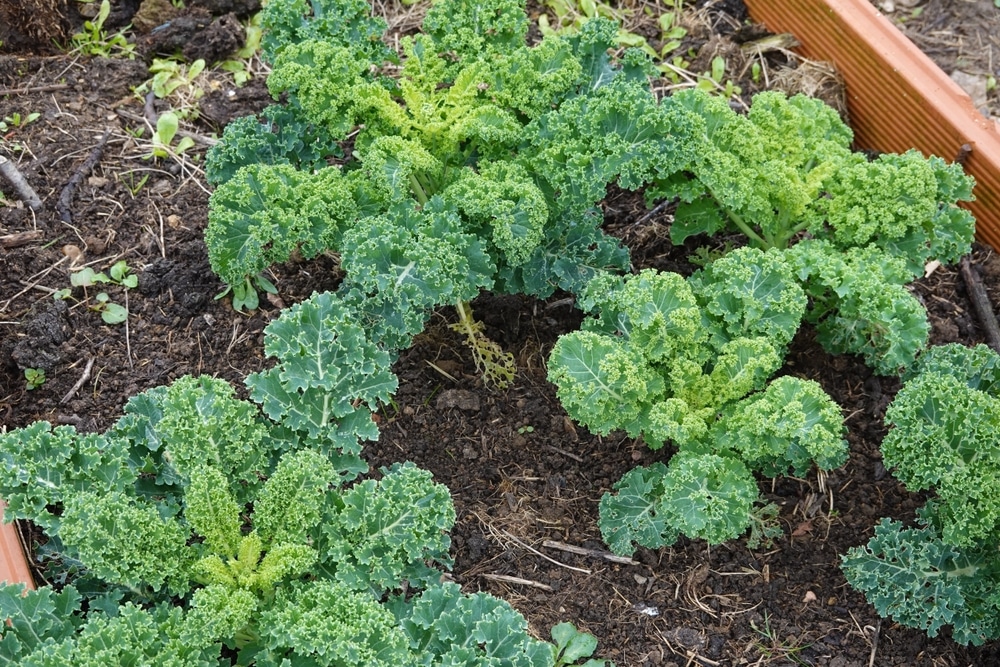
US Climate Zone
- Zones 7-9
Description
Kale is a leafy green that thrives in cooler weather, making it perfect for fall gardens. Its curly leaves are packed with nutrients, including vitamins A, C, and K. Kale is versatile in the kitchen, ideal for salads, soups, and smoothies.
It’s also a hardy plant, often surviving frosts, which can even improve its flavor by making it sweeter.
Growing and Caring for Kale
Plant kale seeds directly in the garden about 6-8 weeks before the first expected frost. Ensure the soil is rich in organic matter and well-drained.
Space the seeds about 1/2 inch deep and 12-18 inches apart. Water consistently, keeping the soil moist but not waterlogged. As the weather cools, kale will flourish. Protect young plants from pests with row covers, and harvest the outer leaves regularly to encourage continuous growth.
Acceptable Companions
Beets, onions, herbs, celery, potatoes
2. Spinach
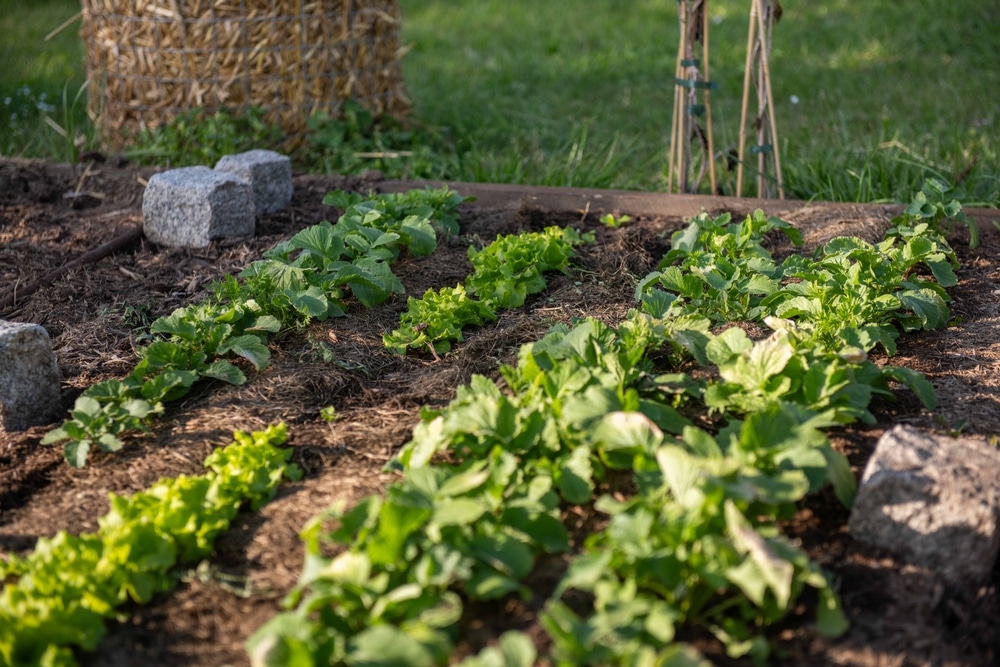
US Climate Zone
- Zones 2-9
Description
Spinach is a nutrient-dense leafy green that grows well in cool weather. It’s an excellent source of iron, calcium, and vitamins A and C. Spinach is highly versatile, used in salads, soups, and cooked dishes. Its tender leaves offer a mild flavor that complements many other ingredients.
Growing and Caring for Spinach
Sow spinach seeds about 4-6 weeks before the first frost. Plant them 1/2 inch deep and 1 inch apart, in rows spaced about 12-18 inches apart.
Spinach prefers well-drained soil rich in organic matter. Water regularly to keep the soil consistently moist. Thin seedlings to 3-4 inches apart once they reach 2 inches in height. Harvest the outer leaves as needed, allowing the inner leaves to continue growing.
Acceptable Companions
Strawberries, peas, radishes, celery, onions
3. Lettuce
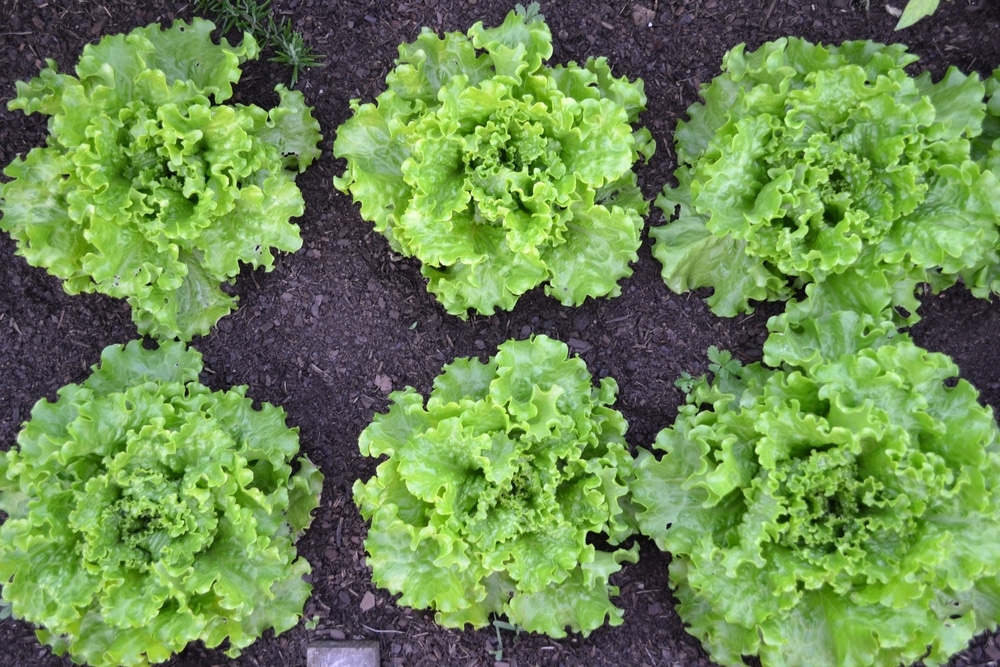
US Climate Zone
- Zones 4-9
Description
Lettuce is a cool-weather crop that comes in various types, including romaine, butterhead, and leaf lettuce. It provides a fresh, crunchy addition to salads and sandwiches. Lettuce is quick-growing and can be harvested in as little as 30 days, making it an excellent choice for fall planting.
Growing and Caring for Lettuce
Plant lettuce seeds 6-8 weeks before the first frost. Sow seeds 1/4 inch deep, spaced about 1 inch apart in rows 12-18 inches apart.
Lettuce prefers well-drained, fertile soil and consistent moisture. Thin seedlings to 6-8 inches apart for leaf lettuce and 10-12 inches apart for head lettuce. Protect from pests with row covers and mulch to retain moisture.
Acceptable Companions
Carrots, radishes, beets, onions, chives
4. Carrots
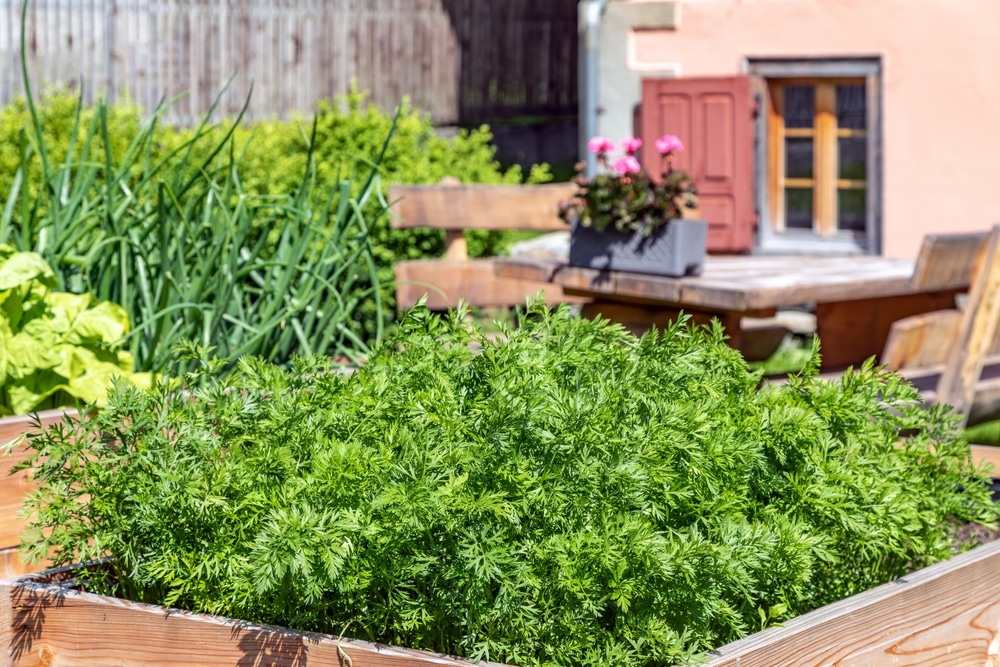
US Climate Zone
- Zones 3-10
Description
Carrots are a root vegetable known for their crunchy texture and sweet flavor. They are rich in beta-carotene, fiber, and vitamins A, K, and C. Carrots are versatile and can be eaten raw, cooked, or juiced. They store well, making them a great addition to fall gardens for a continuous harvest into winter.
Growing and Caring for Carrots
Sow carrot seeds directly in the garden 10-12 weeks before the first frost. Plant seeds 1/4 inch deep and thinly in rows 12-18 inches apart. Carrots prefer loose, sandy soil free of rocks. Water consistently to keep the soil moist but not waterlogged. Thin seedlings to 2-4 inches apart once they are about 1 inch tall. Mulch to retain moisture and prevent weeds.
Acceptable Companions
Lettuce, radishes, tomatoes, onions, peas
5. Broccoli
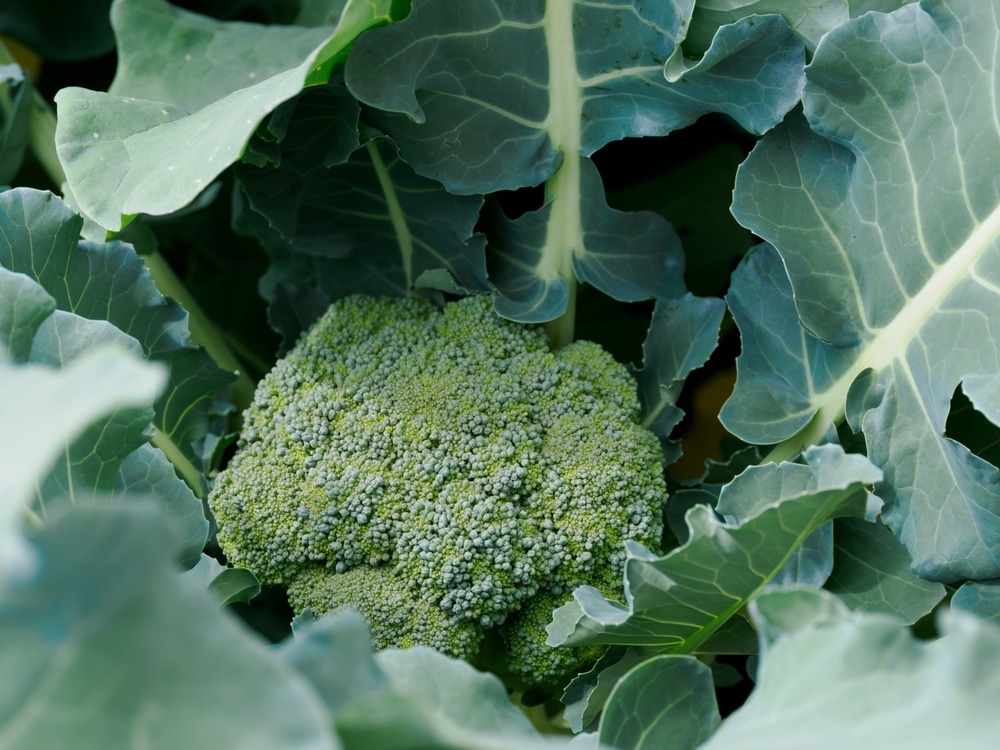
US Climate Zone
- Zones 3-10
Description
Broccoli is a nutrient-packed vegetable high in vitamins C and K, fiber, and antioxidants. It has a unique flavor and can be eaten raw, steamed, or roasted. Broccoli is a cool-weather crop that develops best in fall, providing a hearty addition to your garden.
Growing and Caring for Broccoli
Start broccoli seeds indoors 6-8 weeks before transplanting them outside, or sow seeds directly in the garden 10-12 weeks before the first frost. Plant seedlings 18-24 inches apart in rows 24-36 inches apart. Broccoli prefers well-drained soil rich in organic matter. Water consistently and mulch to retain moisture. Harvest the central head when it is fully developed but before the flowers open, then allow side shoots to develop for additional harvests.
Acceptable Companions
Celery, onions, potatoes, beets, chamomile
6. Cauliflower
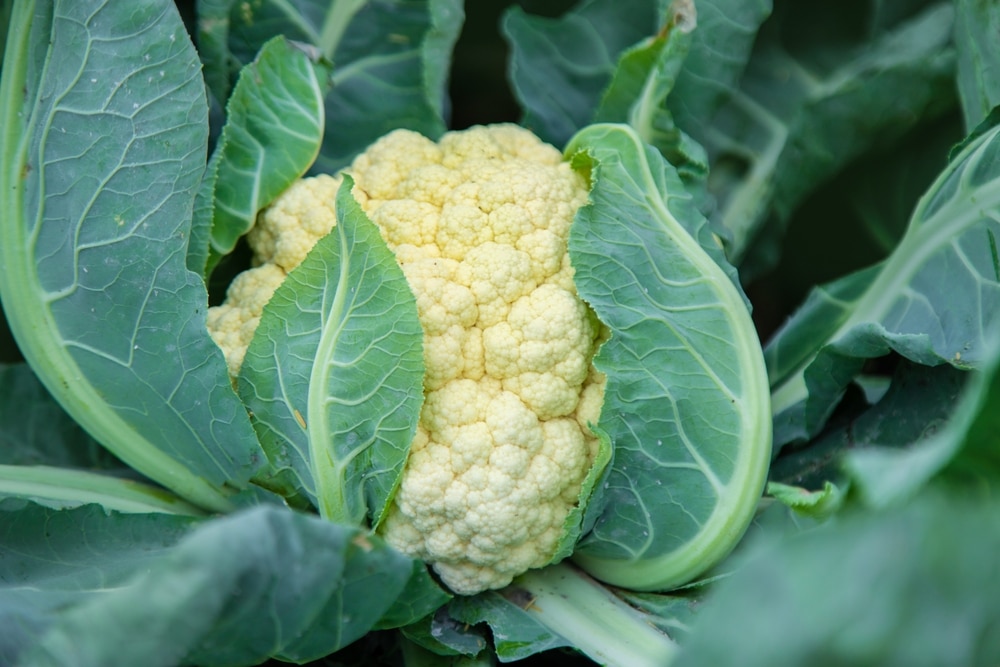
US Climate Zone
- Zones 3-9
Description
Cauliflower is a versatile vegetable known for its white, dense head. It’s packed with vitamins C, K, and B6, and fiber. Cauliflower can be eaten raw, steamed, roasted, or used as a low-carb substitute in various recipes.
Growing and Caring for Cauliflower
Start cauliflower seeds indoors 6-8 weeks before the last frost or directly in the garden 6-8 weeks before the first frost.
Transplant seedlings 18-24 inches apart in rows 24-36 inches apart. Cauliflower prefers well-drained, fertile soil with consistent moisture.
Mulch to retain moisture and protect from temperature fluctuations. Tie the leaves over the developing head to keep it white and tender.
Acceptable Companions
Celery, onions, spinach, beets, sage
7. Brussels Sprouts
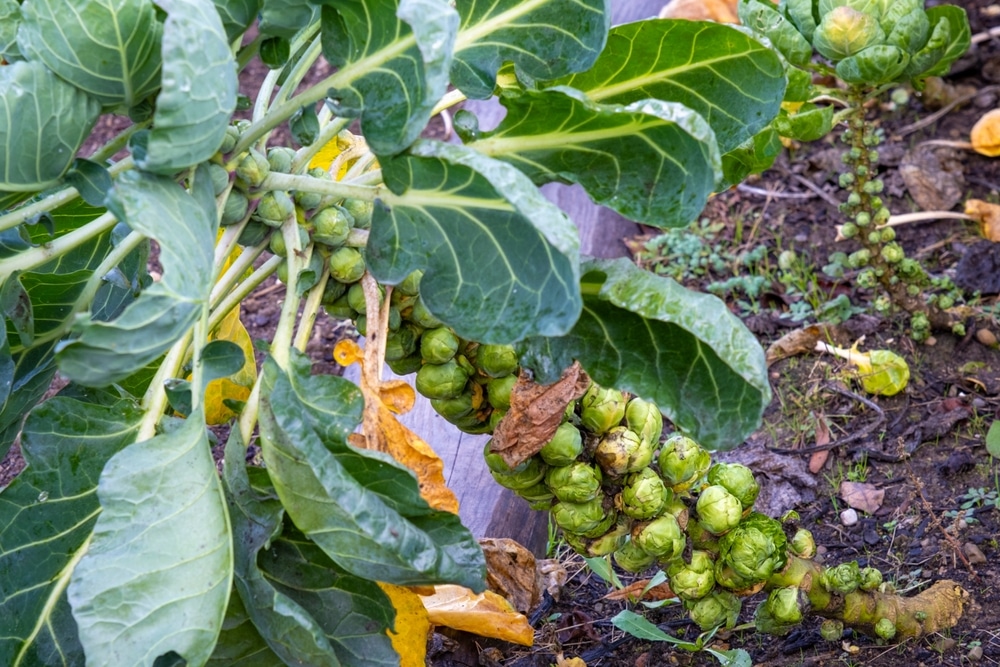
US Climate Zone
- Zones 2-9
Description
Brussels sprouts are a cool-weather crop known for their small, cabbage-like heads that grow along a tall stalk. They are rich in vitamins C and K, fiber, and antioxidants. Brussels sprouts are often roasted or steamed and have a nutty, slightly sweet flavor.
Growing and Caring for Brussels Sprouts
Start seeds indoors 6-8 weeks before the last frost or sow directly in the garden 10-12 weeks before the first frost. Transplant seedlings 18-24 inches apart in rows 30 inches apart.
Brussels sprouts prefer well-drained, fertile soil. Water regularly and mulch to retain moisture. Harvest sprouts from the bottom of the stalk upwards when they are firm and about 1-2 inches in diameter.
Acceptable Companions
Beets, carrots, beans, onions, herbs
8. Swiss Chard
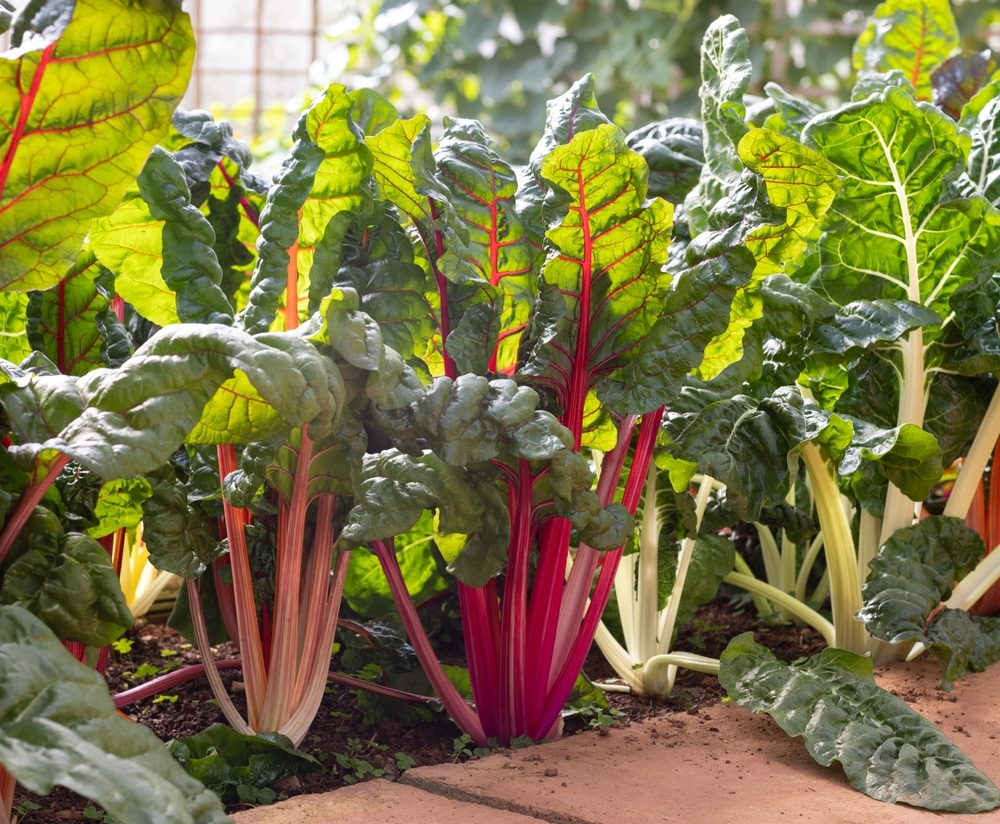
US Climate Zone
- Zones 3-10
Description
Swiss chard is a leafy green vegetable with colorful stems and large, glossy leaves. It’s rich in vitamins A, C, and K, and minerals like magnesium and potassium. Swiss chard can be eaten raw in salads or cooked in a variety of dishes, adding both nutrition and vibrant color to meals.
Growing and Caring for Swiss Chard
Sow seeds directly in the garden 6-8 weeks before the first frost. Plant seeds 1/2 inch deep and 2-4 inches apart in rows 18-24 inches apart. Swiss chard prefers well-drained, fertile soil. Water regularly to keep the soil moist. Harvest the outer leaves regularly to encourage continuous growth, allowing the inner leaves to develop.
Acceptable Companions
Carrots, radishes, onions, beans, brassicas
9. Turnips
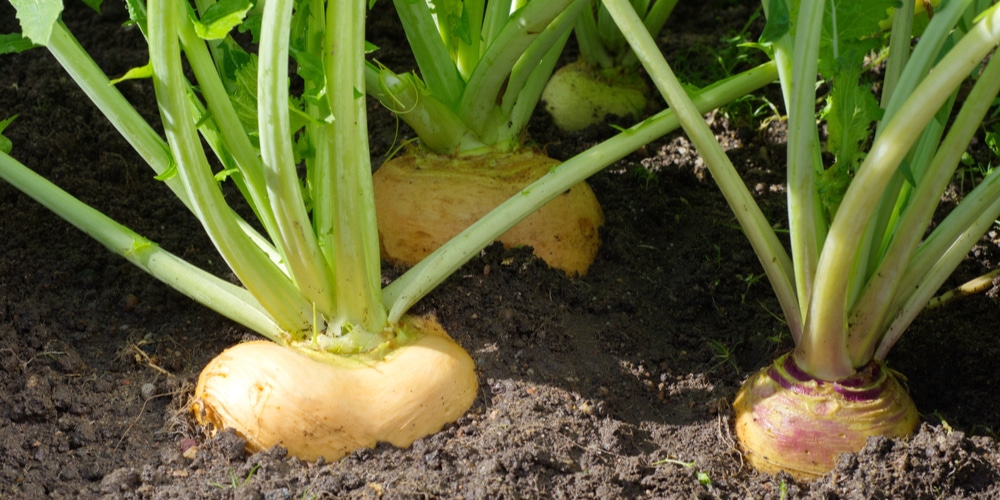
US Climate Zone
- Zones 2-9
Description
Turnips are root vegetables known for their white flesh and purple-topped skin. They are rich in vitamin C and fiber. Both the roots and the greens are edible, making turnips a versatile addition to your fall garden. They can be roasted, mashed, or added to soups and stews.
Growing and Caring for Turnips
Sow turnip seeds directly in the garden 8-10 weeks before the first frost. Plant seeds 1/2 inch deep and 1-2 inches apart in rows 12-18 inches apart. Turnips prefer well-drained, fertile soil. Water consistently to keep the soil moist. Thin seedlings to 4-6 inches apart once they are 2-3 inches tall. Harvest turnips when they are 2-3 inches in diameter for the best flavor.
Acceptable Companions
Peas, spinach, radishes, onions, mint
10. Beets
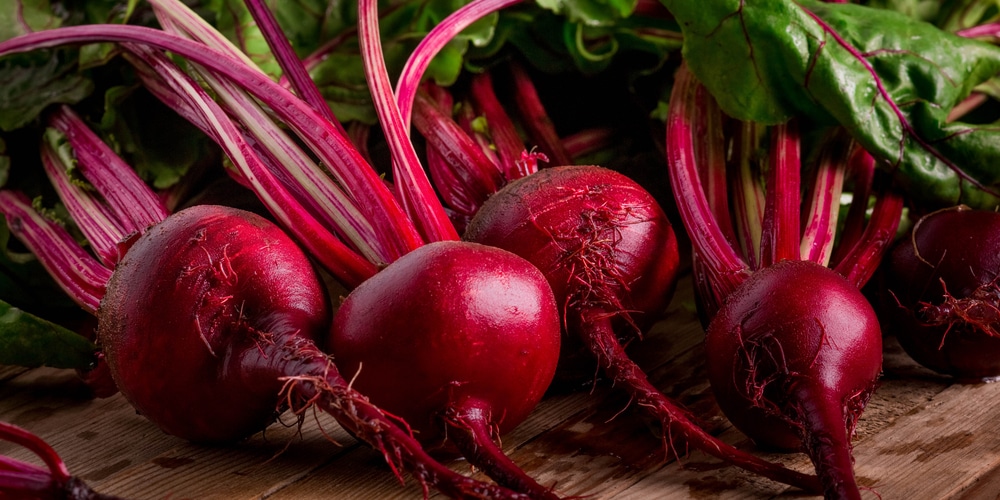
US Climate Zone
- Zones 2-10
Description
Beets are root vegetables with a sweet, earthy flavor and vibrant red or golden color. They are rich in folate, manganese, and fiber. Both the roots and greens are edible, making beets a versatile crop. Beets can be roasted, pickled, or used in salads.
Growing and Caring for Beets
Sow beet seeds directly in the garden 8-10 weeks before the first frost. Plant seeds 1/2 inch deep and 1-2 inches apart in rows 12-18 inches apart. Beets prefer well-drained, fertile soil. Water consistently to keep the soil moist. Thin seedlings to 3-4 inches apart once they are 2-3 inches tall. Harvest beets when they are 2-3 inches in diameter for the best flavor.
Acceptable Companions
Lettuce, onions, radishes, beans, garlic
11. Radishes
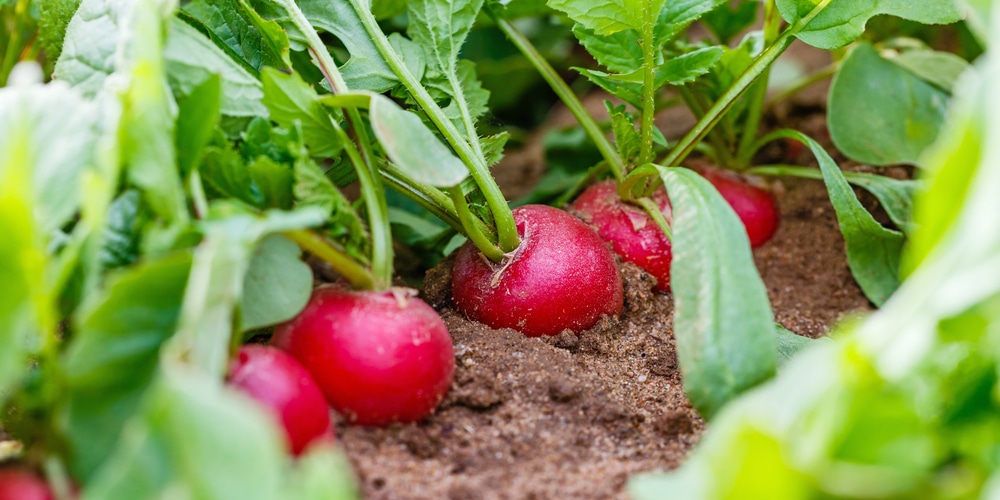
US Climate Zone
- Zones 2-10
Description
Radishes are fast-growing root vegetables known for their crisp texture and peppery flavor. They are rich in vitamin C and can be eaten raw, pickled, or used as a garnish. Radishes are ideal for interplanting with slower-growing crops due to their quick maturation.
Growing and Caring for Radishes
Sow radish seeds directly in the garden 4-6 weeks before the first frost. Plant seeds 1/2 inch deep and 1 inch apart in rows 12 inches apart. Radishes prefer well-drained soil and consistent moisture. Thin seedlings to 2-3 inches apart once they are 1-2 inches tall. Harvest radishes when they are about 1 inch in diameter for the best flavor.
Acceptable Companions
Lettuce, carrots, beets, cucumbers, peas
12. Cabbage
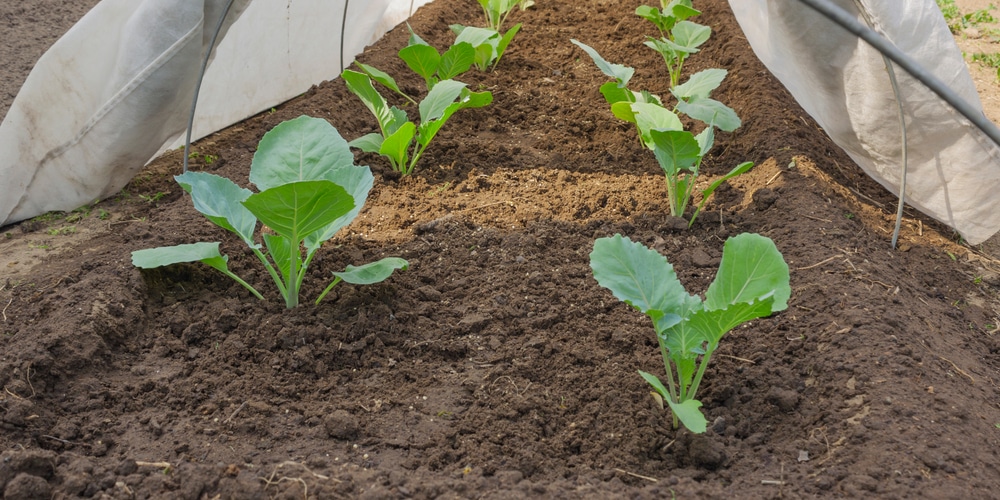
US Climate Zone
- Zones 4-10
Description
Cabbage is a cool-weather crop with dense, leafy heads. It’s rich in vitamins C and K and fiber. Cabbage can be eaten raw in salads, fermented into sauerkraut, or cooked in a variety of dishes. It stores well, making it a great choice for fall gardening.
Growing and Caring for Cabbage
Start cabbage seeds indoors 6-8 weeks before transplanting them outside, or sow seeds directly in the garden 6-8 weeks before the first frost. Transplant seedlings 18-24 inches apart in rows 24-36 inches apart. Cabbage prefers well-drained, fertile soil. Water consistently and mulch to retain moisture. Harvest heads when they are firm and reach the desired size.
Acceptable Companions
Beets, onions, peas, dill, celery
13. Mustard Greens
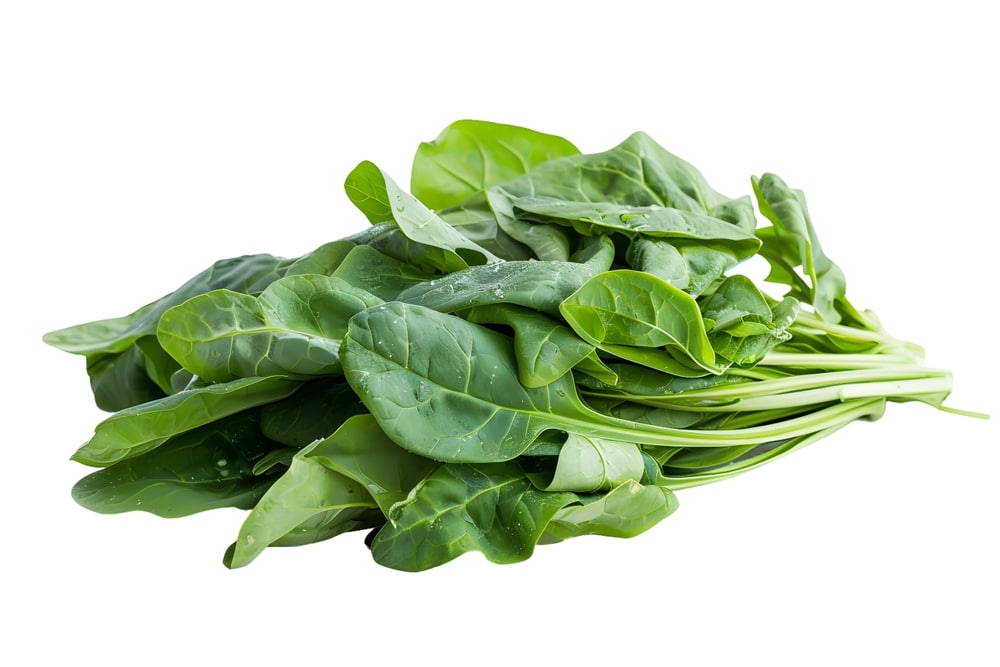
US Climate Zone
- Zones 2-10
Description
Mustard greens are leafy greens with a spicy, peppery flavor. They are rich in vitamins A, C, and K, and antioxidants. Mustard greens can be eaten raw in salads, sautéed, or added to soups and stews. They grow quickly, making them an excellent choice for fall gardening.
Growing and Caring for Mustard Greens
Sow mustard green seeds directly in the garden 6-8 weeks before the first frost. Plant seeds 1/2 inch deep and 1 inch apart in rows 12-18 inches apart. Mustard greens prefer well-drained, fertile soil. Water consistently to keep the soil moist. Thin seedlings to 4-6 inches apart once they are 2-3 inches tall. Harvest the outer leaves regularly to encourage continuous growth.
Acceptable Companions
Lettuce, carrots, radishes, onions, dill
14. Bok Choy
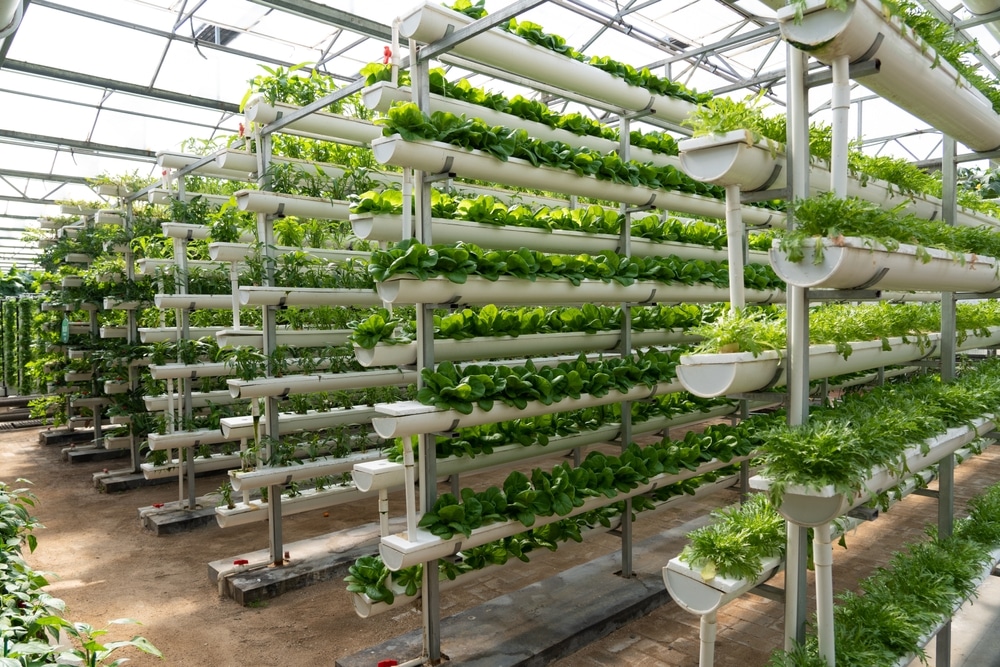
US Climate Zone
- Zones 4-7
Description
Bok choy, also known as Chinese cabbage, is a cool-weather crop with tender white stems and dark green leaves. It’s rich in vitamins A, C, and K, and calcium. Bok choy can be eaten raw in salads, stir-fried, or added to soups and stews. Its mild flavor and crunchy texture make it a popular choice.
Growing and Caring for Bok Choy
Sow bok choy seeds directly in the garden 4-6 weeks before the first frost. Plant seeds 1/2 inch deep and 1 inch apart in rows 12-18 inches apart. Bok choy prefers well-drained, fertile soil and consistent moisture. Thin seedlings to 6-8 inches apart once they are 2-3 inches tall. Mulch to retain moisture and protect from temperature fluctuations. Harvest bok choy when the heads are firm and reach the desired size.
Acceptable Companions
Carrots, radishes, onions, herbs, spinach
15. Arugula
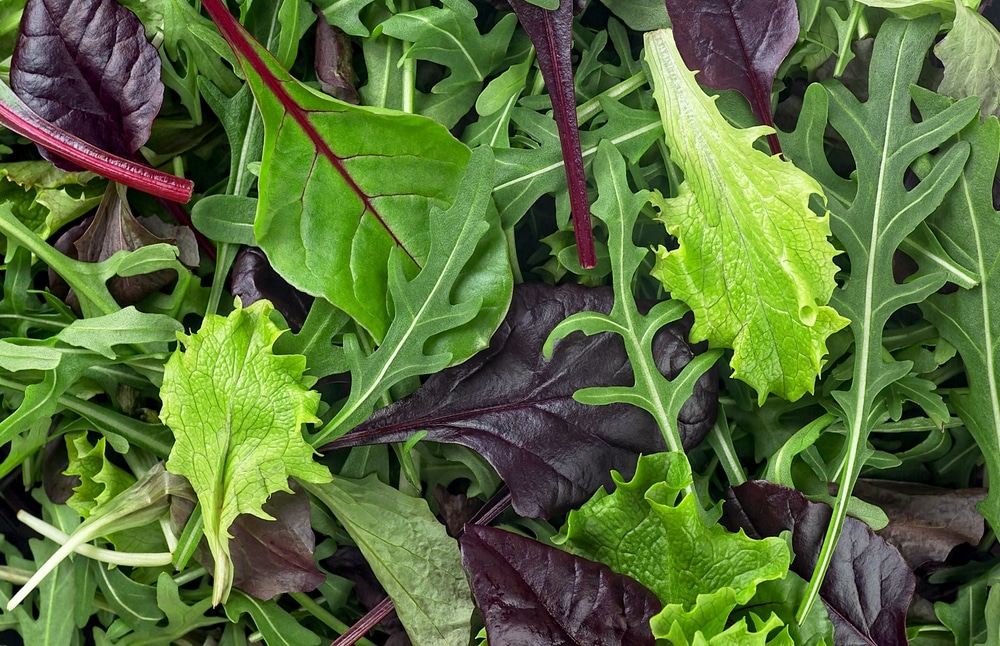
US Climate Zone
- Zones 3-11
Description
Arugula is a leafy green with a distinct peppery flavor, adding a spicy kick to salads and sandwiches. It’s rich in vitamins A, C, and K, and antioxidants. Arugula grows quickly and thrives in cool weather, making it a great addition to your fall garden.
Growing and Caring for Arugula
Sow arugula seeds directly in the garden 4-6 weeks before the first frost. Plant seeds 1/4 inch deep and 1 inch apart in rows 12-18 inches apart. Arugula prefers well-drained, fertile soil and consistent moisture. Thin seedlings to 4-6 inches apart once they are 2-3 inches tall. Harvest the outer leaves regularly to encourage continuous growth.
Acceptable Companions
Radishes, carrots, beets, onions, peas
16. Collard Greens
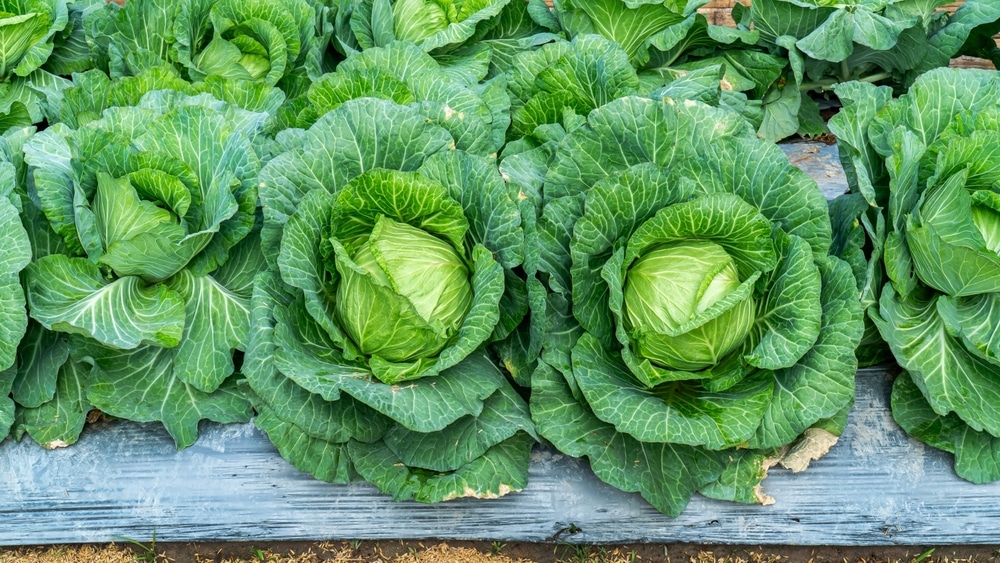
US Climate Zone
- Zones 6-10
Description
Collard greens are large, leafy greens known for their slightly bitter flavor and hearty texture. They are rich in vitamins A, C, and K, and calcium. Collard greens are often cooked in Southern cuisine, providing a nutritious side dish.
Growing and Caring for Collard Greens
Sow collard green seeds directly in the garden 6-8 weeks before the first frost. Plant seeds 1/2 inch deep and 1 inch apart in rows 18-24 inches apart. Collard greens prefer well-drained, fertile soil and consistent moisture. Thin seedlings to 12-18 inches apart once they are 2-3 inches tall. Harvest the outer leaves regularly to encourage continuous growth.
Acceptable Companions
Cabbage, beets, onions, carrots, peas
17. Mache (Corn Salad)
US Climate Zone
- Zones 5-8
Description
Mache, also known as corn salad, is a cool-weather leafy green with a mild, nutty flavor. It’s rich in vitamins A and C, and iron. Mache is often used in salads and can be harvested throughout the fall and winter, making it a valuable crop for continuous fresh greens.
Growing and Caring for Mache
Sow mache seeds directly in the garden 4-6 weeks before the first frost. Plant seeds 1/4 inch deep and 1 inch apart in rows 12 inches apart. Mache prefers well-drained soil and consistent moisture. Thin seedlings to 4-6 inches apart once they are 2-3 inches tall. Harvest mache leaves when they are young and tender for the best flavor.
Acceptable Companions
Carrots, radishes, onions, lettuce, peas
18. Fava Beans
US Climate Zone
- Zones 3-11
Description
Fava beans, also known as broad beans, are cool-weather legumes with a nutty, buttery flavor. They are rich in protein, fiber, and vitamins A and C. Fava beans can be eaten fresh, dried, or cooked, and they improve soil fertility by fixing nitrogen.
Growing and Caring for Fava Beans
Sow fava bean seeds directly in the garden 4-6 weeks before the first frost. Plant seeds 1-2 inches deep and 6 inches apart in rows 18-24 inches apart. Fava beans prefer well-drained, fertile soil and consistent moisture. Support the plants with stakes or trellises if necessary. Harvest the pods when they are full and plump, but before they start to dry out.
Acceptable Companions
Carrots, lettuce, radishes, spinach, peas
19. Kohlrabi
US Climate Zone
- Zones 3-10
Description
Kohlrabi is a cool-weather vegetable with a bulbous stem and edible leaves. It has a mild, sweet flavor similar to a broccoli stem or cabbage heart. Kohlrabi is rich in vitamins C and B6, and fiber. It can be eaten raw, roasted, or added to soups and stews.
Growing and Caring for Kohlrabi
Sow kohlrabi seeds directly in the garden 6-8 weeks before the first frost. Plant seeds 1/4 inch deep and 4-6 inches apart in rows 12-18 inches apart. Kohlrabi prefers well-drained, fertile soil and consistent moisture. Thin seedlings to 6-8 inches apart once they are 2-3 inches tall. Harvest the bulbs when they are 2-3 inches in diameter for the best flavor.
Acceptable Companions
Beets, onions, carrots, herbs, potatoes
20. Peas
US Climate Zone
- Zones 3-11
Description
Peas are a cool-weather legume known for their sweet flavor and tender texture. They are rich in vitamins A, C, and K, and fiber. Peas can be eaten fresh, cooked, or added to various dishes. They also improve soil fertility by fixing nitrogen.
Growing and Caring for Peas
Sow pea seeds directly in the garden 6-8 weeks before the first frost. Plant seeds 1-2 inches deep and 2 inches apart in rows 18-24 inches apart. Peas prefer well-drained, fertile soil and consistent moisture. Support the plants with trellises or netting. Harvest the pods when they are full and plump, but before they start to dry out.
Acceptable Companions
Carrots,
radishes, lettuce, spinach, turnips
Last update on 2025-06-06 / Affiliate links / Images from Amazon Product Advertising API


